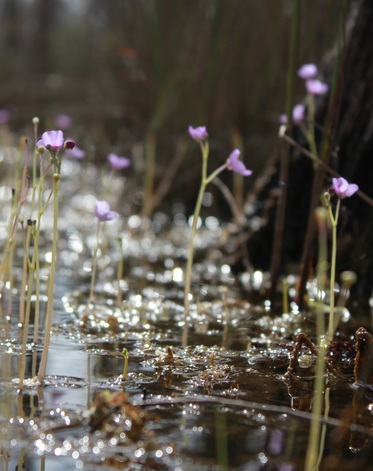
There are a number of boardwalks and scenic drives in the preserve and it is near a number of state parks such as Ten Thousand Islands National Wildlife Refuge, Fakahatchee Strand Preserve State Park, Picayune National Forest and other smaller parks. The photos here were taken on the trail to the south of the visitor's center on U.S. 41. There are two trails there. The one to the north is longer and is dryer. The one to the south is underwater but is clearly marked.
People live their whole lives in the State of Florida and never see this part of the state. It is both a blessing and a little sad. This is a blessing because more people mean more destruction--more Fritos bags and Coke cans. The sadness is that if people saw it they might care more about its destruction.
The Big Cypress is also home to many species of plants and flowers--especially orchids. There are many who use old surveys and hike deep into the Big Cypress looking for places were rare orchids have been reported. This trail is not so adventurous.
But you may well run into the odd copperhead. I nearly stepped on one submerged across the trail I was walking. It would have been unfortunate to have kicked or stepped on the snake (both for the snake and me). There are also sometimes gators out here as well but there were none on this trip.
Avoiding deep water isn't hard on this trail and avoiding deep water is a good idea. Keeping your eyes open is also a good idea as is not freaking out if you see an alligator. They are generally not going to be aggressive unless they are large. Always have a way to retreat. Know what is behind you as well as what is in front of you. Don't run out here. You are not just walking on mud but also on limestone which often has holes and is uneven. You can slip and injure yourself if you are not careful.
These photos were taken in December. Usually from December to April is a reasonable range to aim for when planning a trip to the area. You also have to realize anytime can be hot in South Florida. It can be 90 on Christmas Day.
You should be sure to have water (or even better Gatorade), sunblock, a hat, and long pants. Don't wear shorts or you will likely find out how sawgrass wound up with that name, to say nothing of insects. On these trails you probably don't need a compass but if you have one it couldn't hurt. Light colors and long sleeves are not a bad idea either.
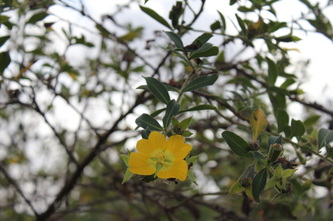
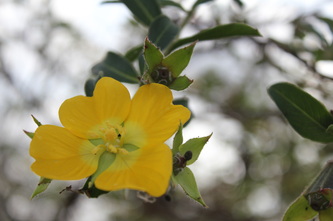
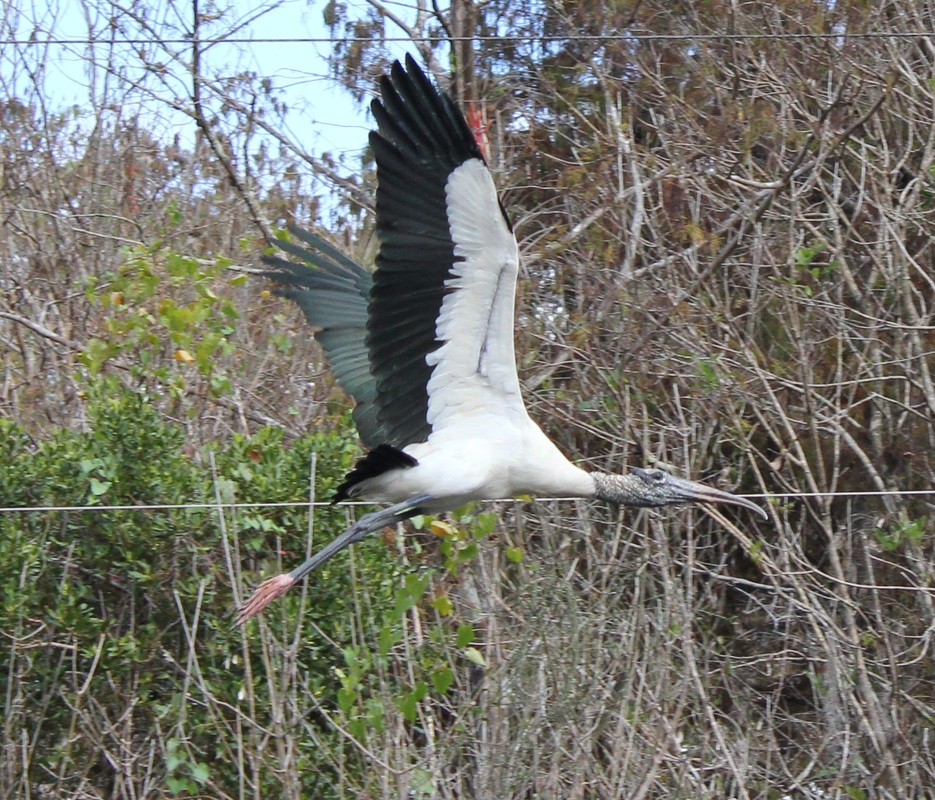
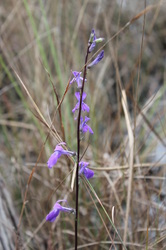

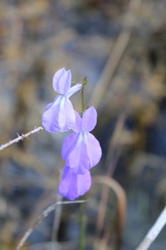
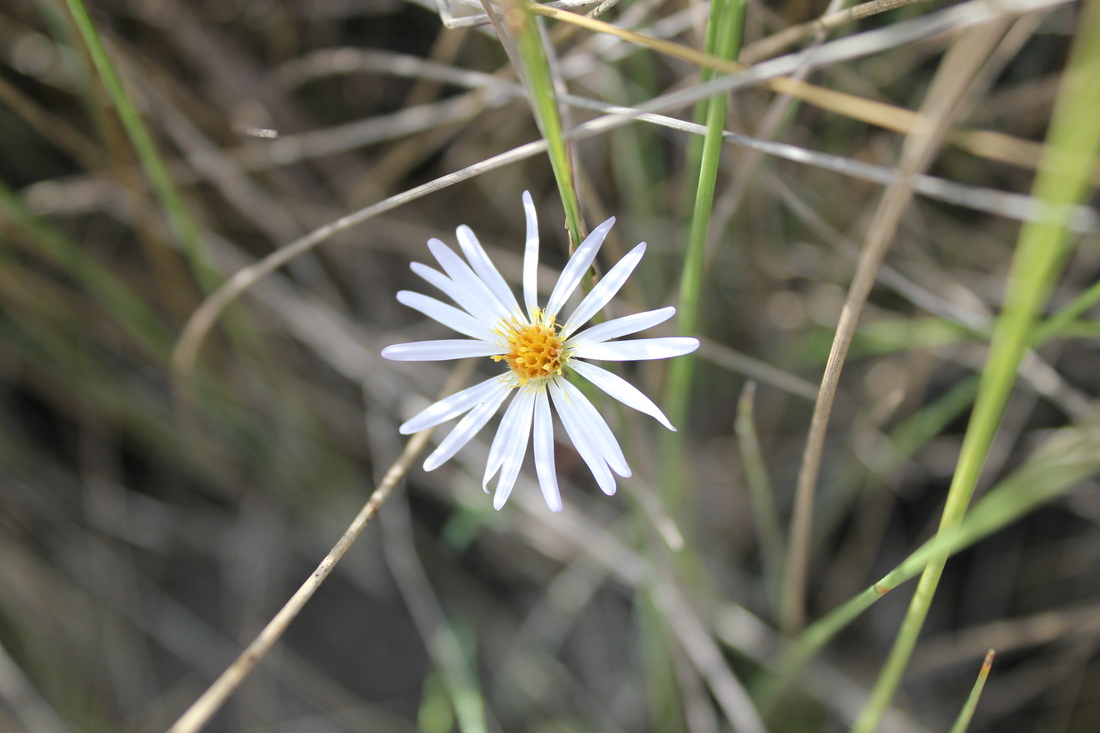
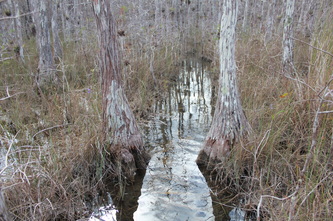
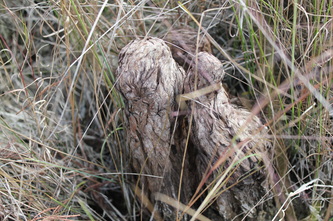
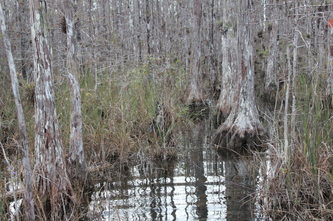
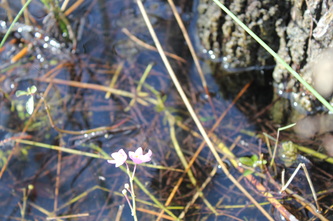
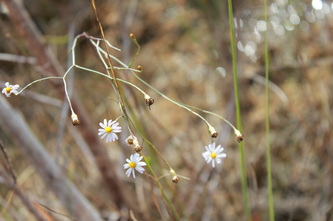
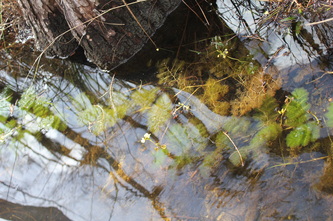
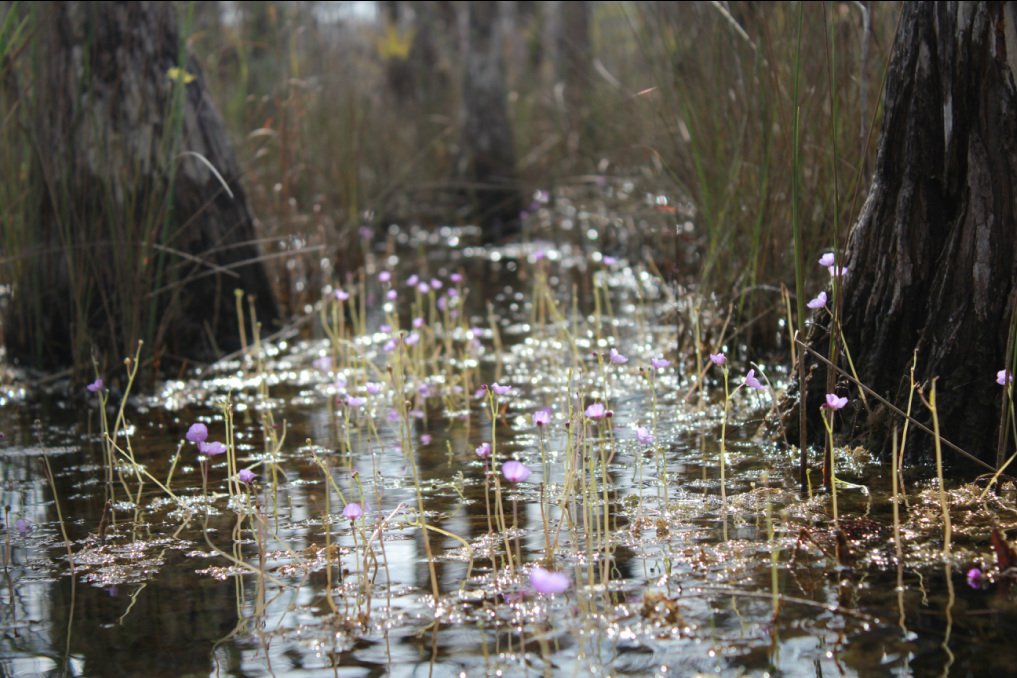
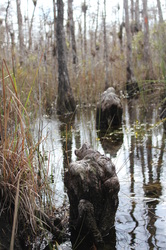
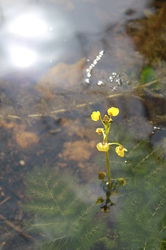
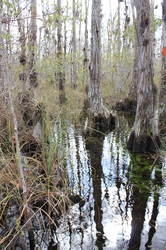
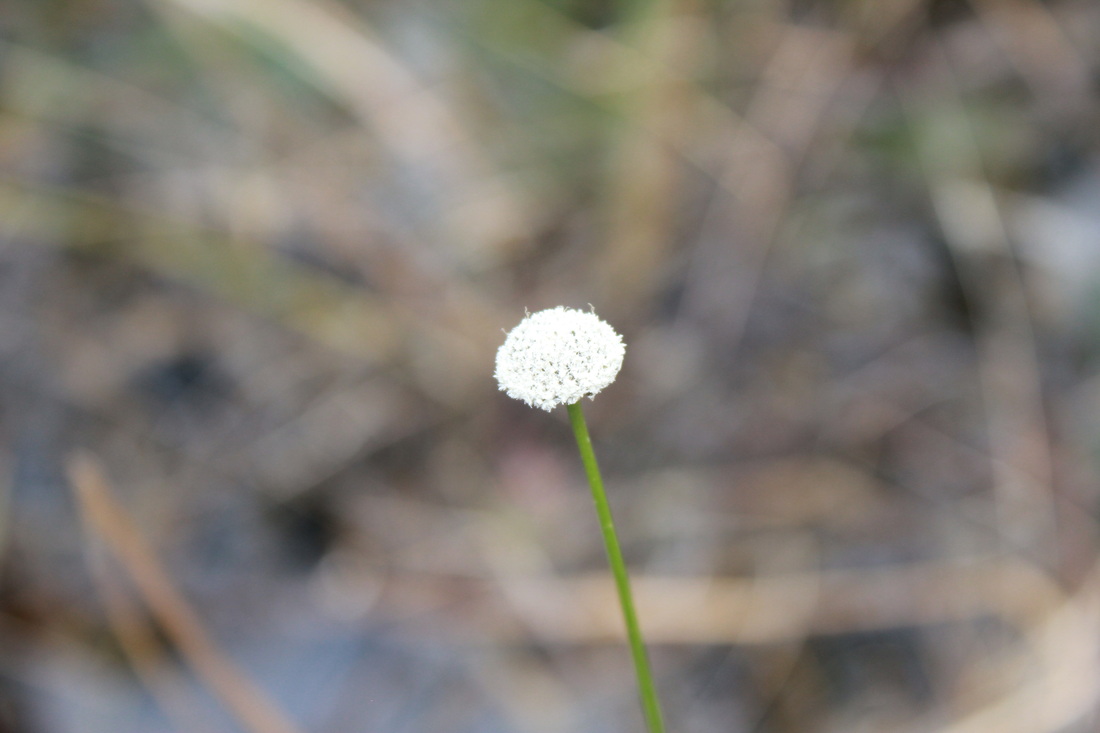
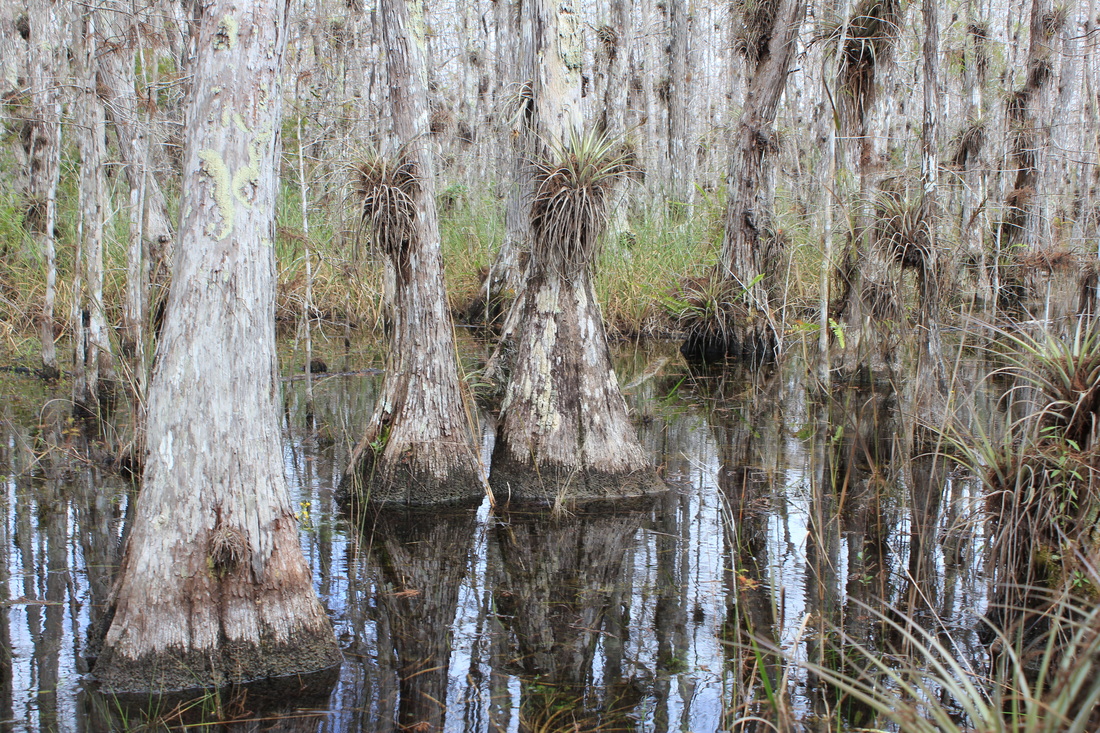
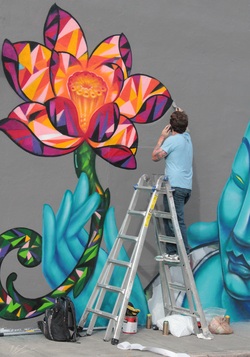
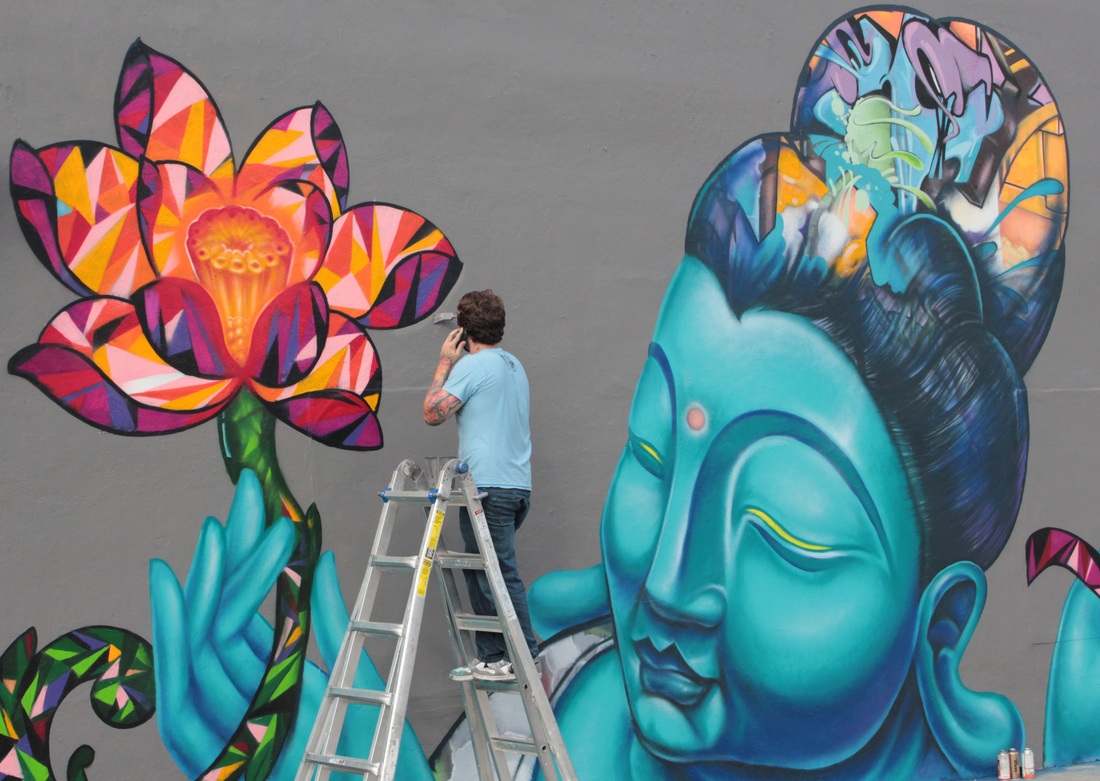
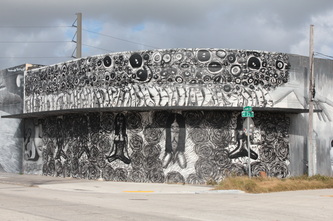
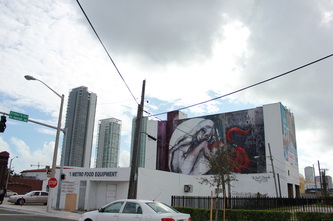
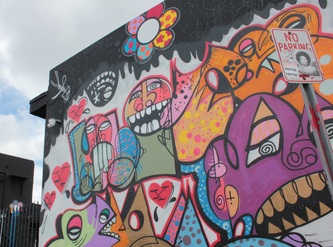
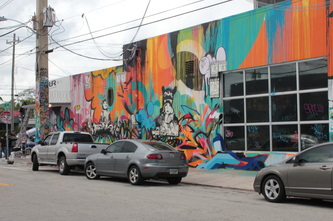
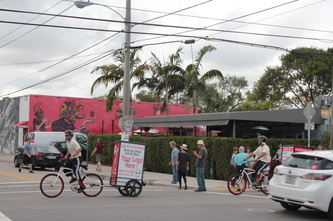
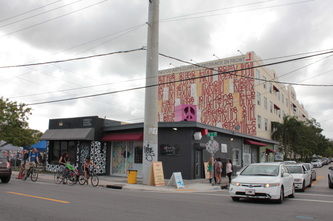
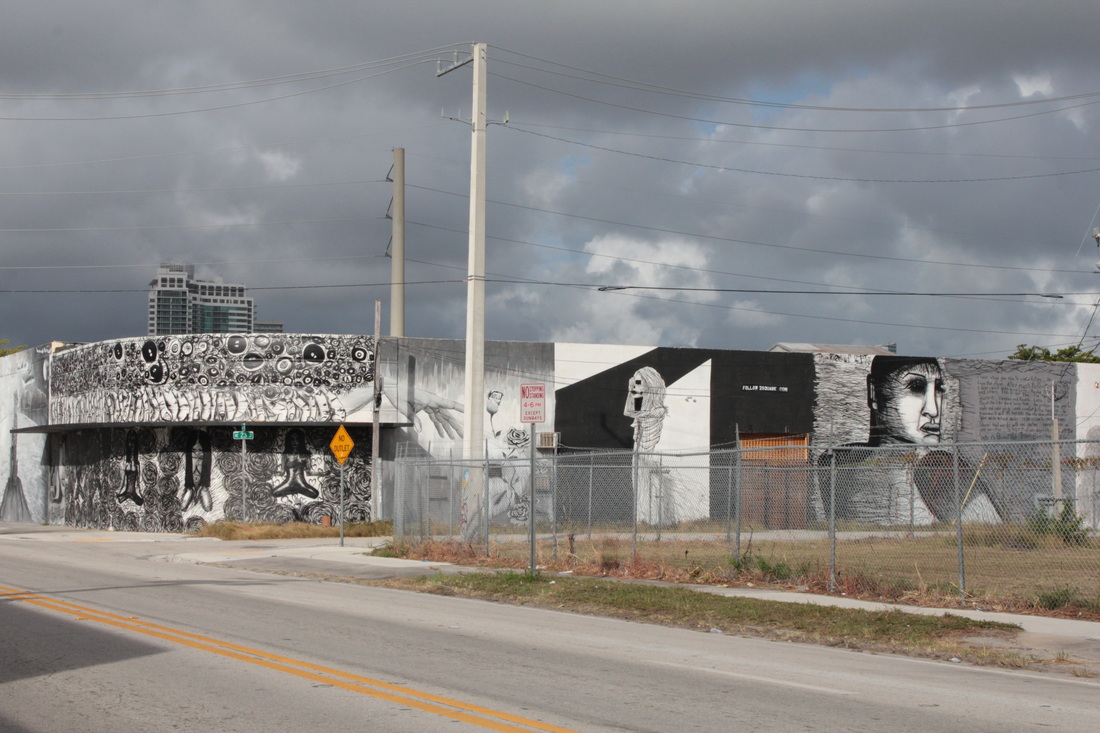
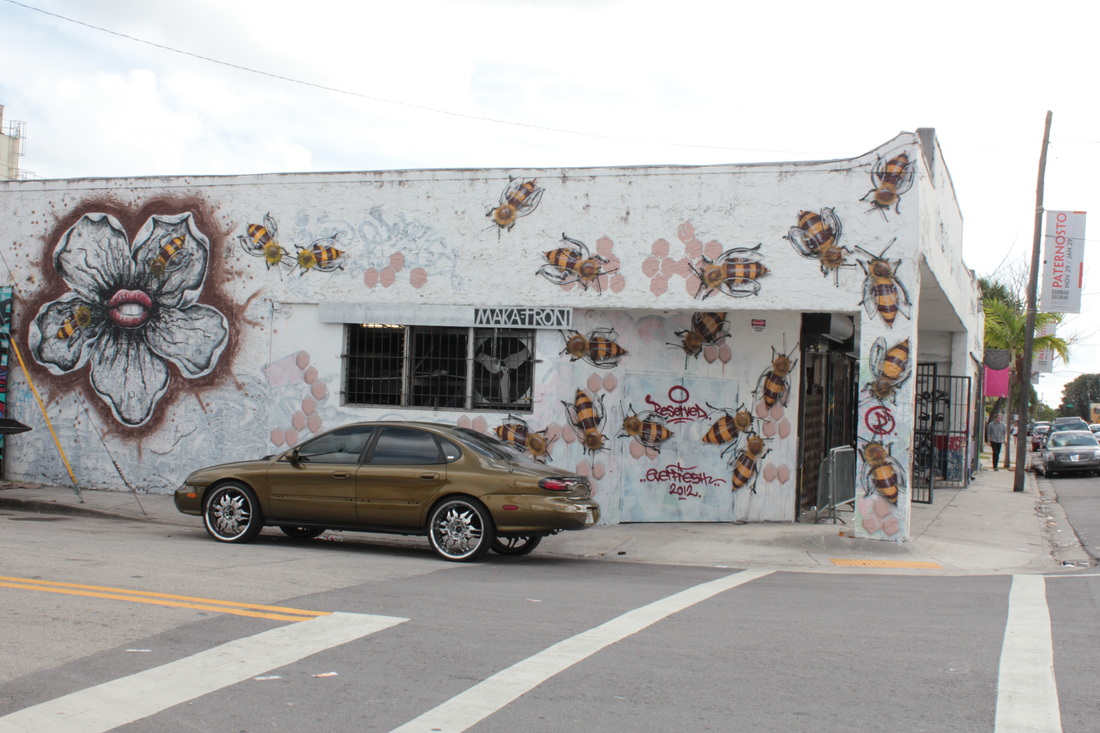
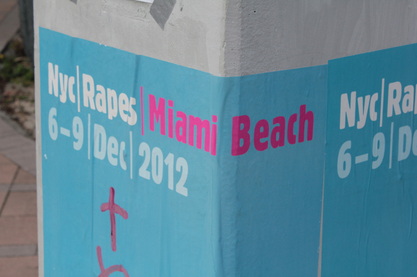
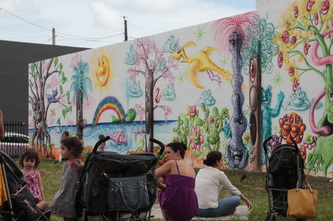
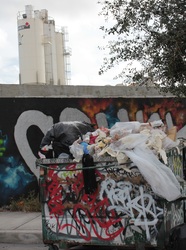
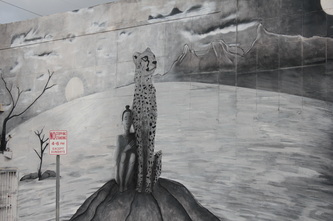
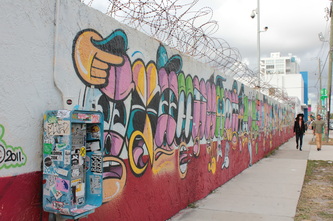
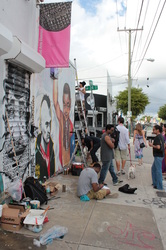
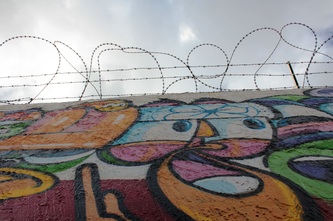

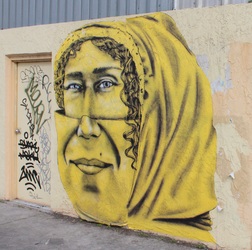
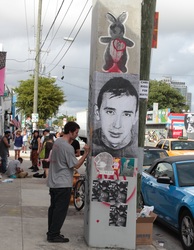
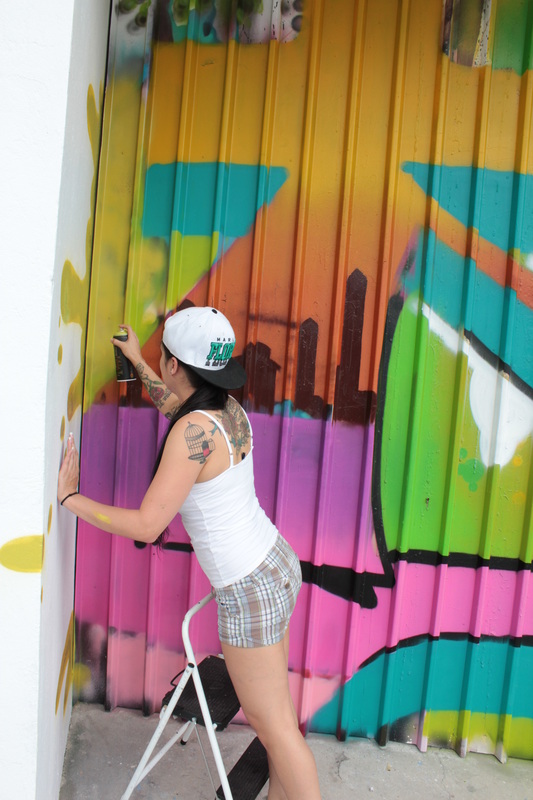
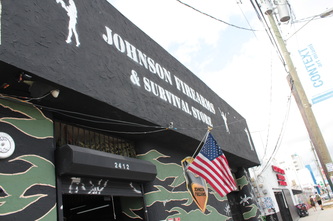
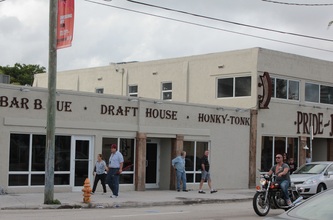
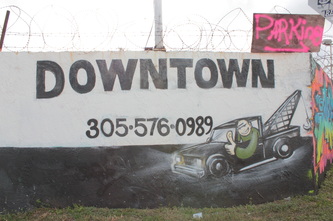
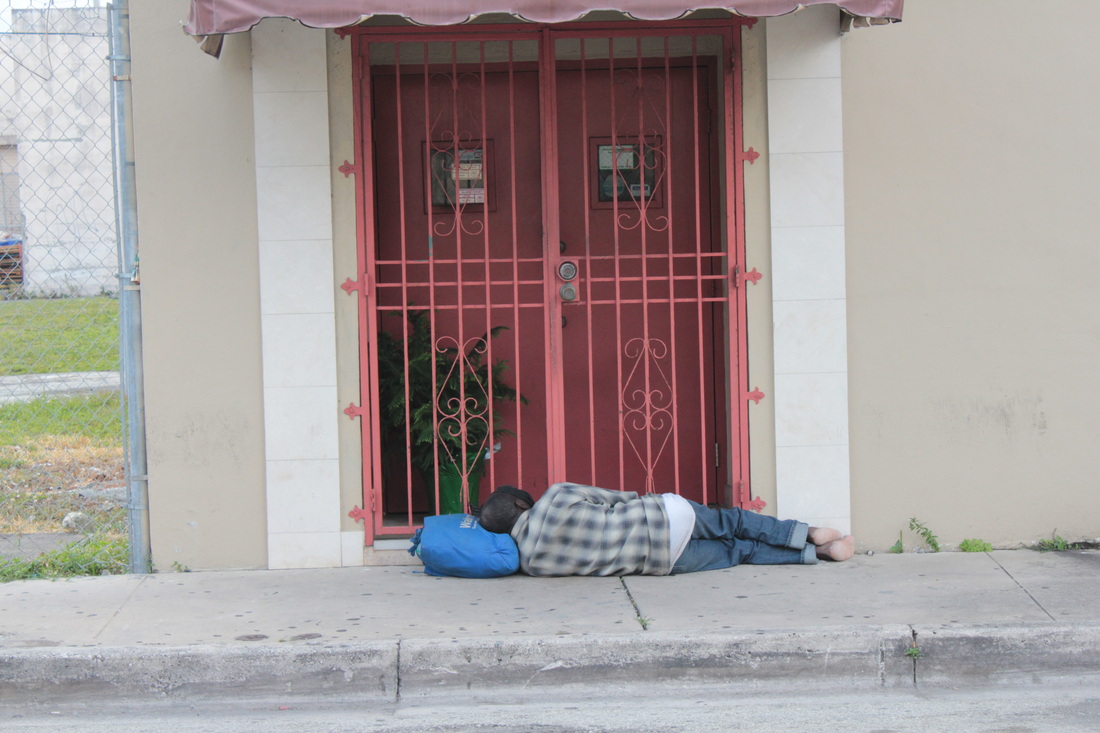
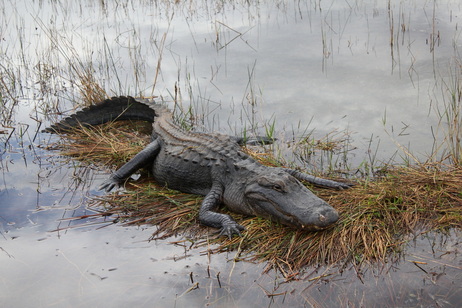
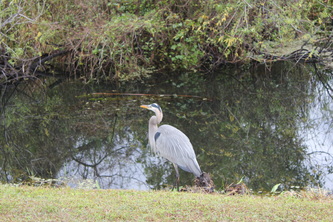
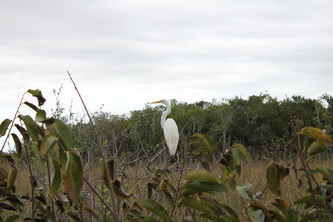
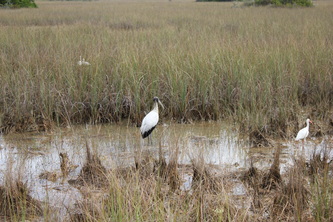
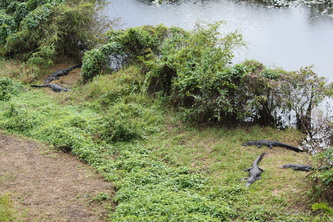
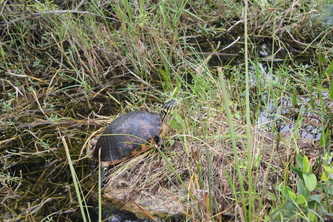
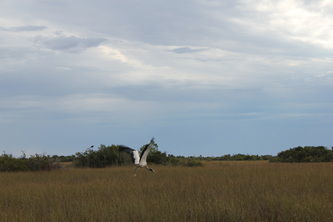
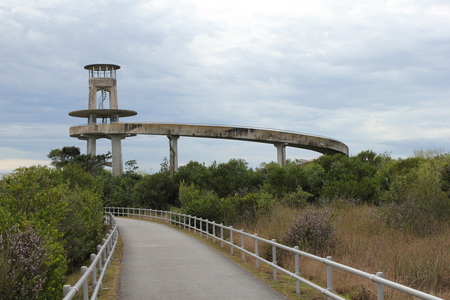
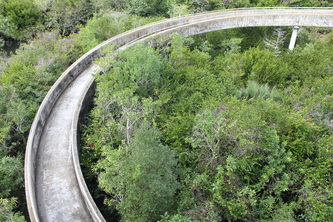
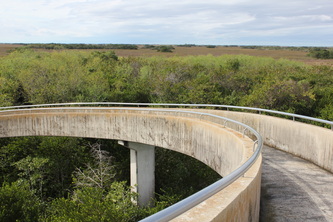
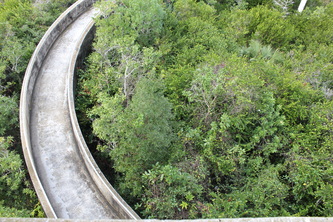
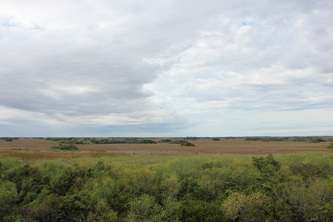
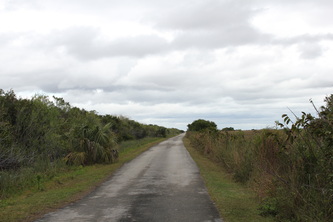
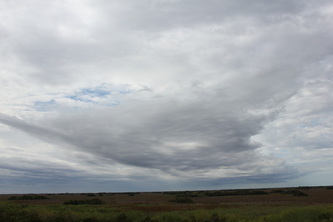
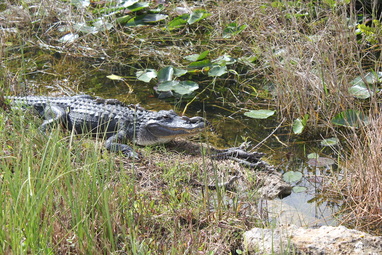
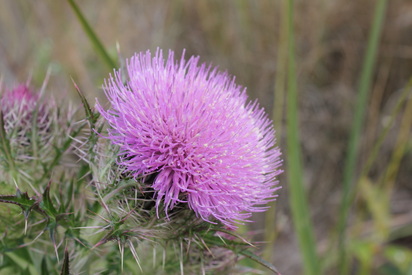
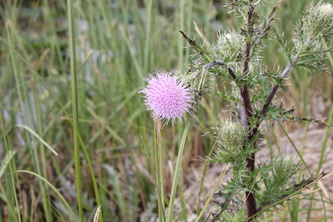
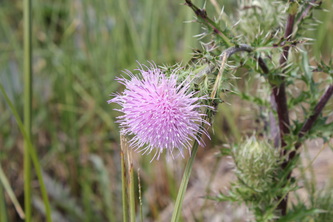
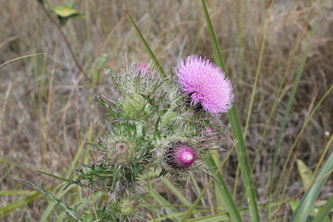
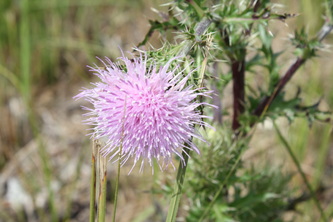
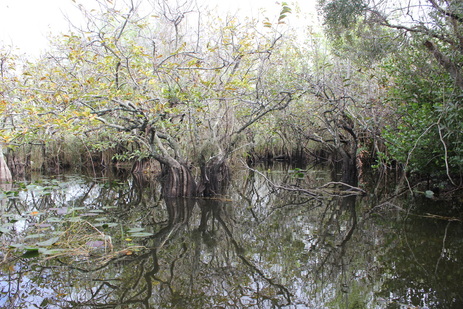
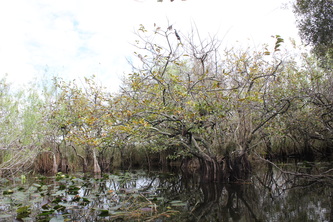
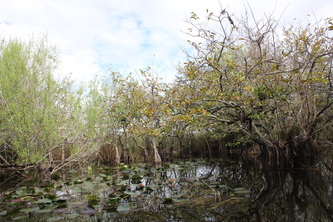
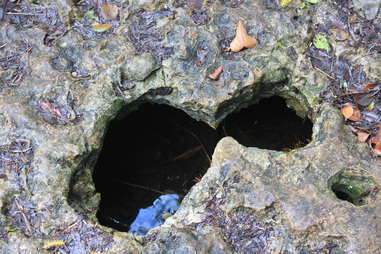
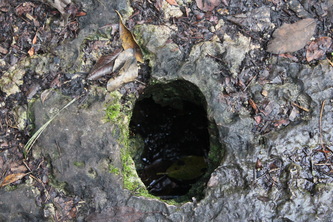
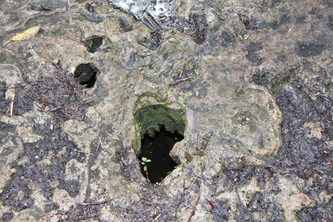
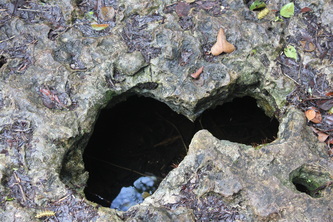
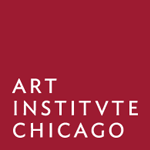
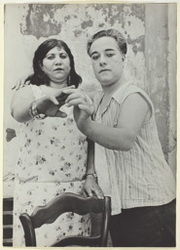
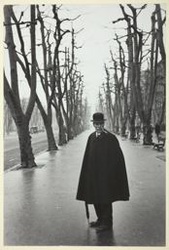
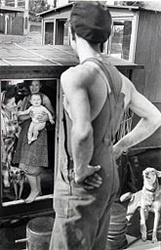
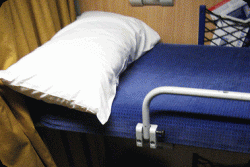
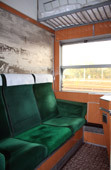
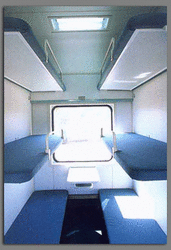
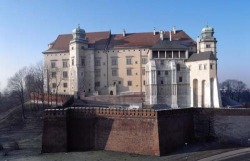
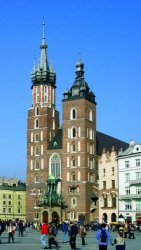
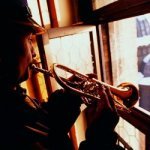
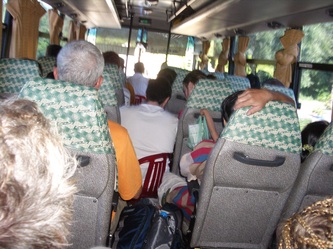
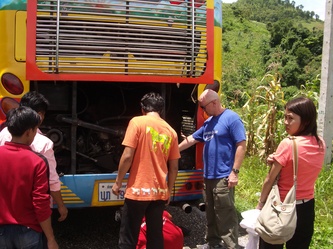
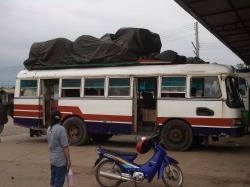
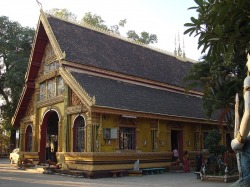
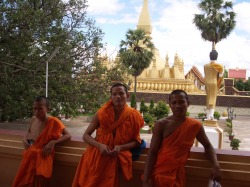
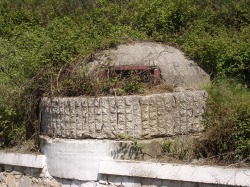
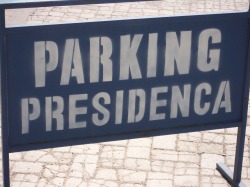
 RSS Feed
RSS Feed